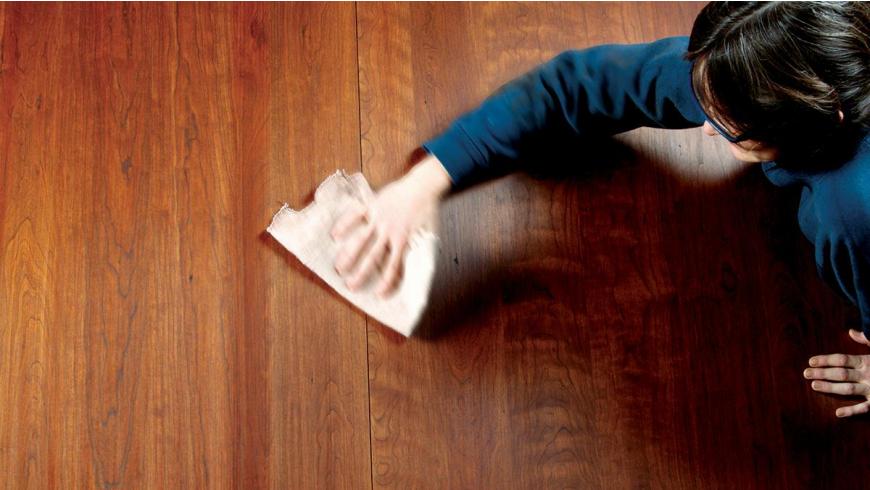Virus-Proofing Gat Creek Furniture: Treat Your Table Like Your Hands

We have all become more aware of the surfaces we interact with every day and most of us are regularly disinfecting those surfaces with all manner of concoctions from homemade to industrial strength. So are there particular formulations that work better than others on solid wood?
The good news has to do with something called “biomimicry,” a movement that looks to nature to help solve design, manufacturing, and societal challenges. “Basically we are finding that our best solutions to many problems can be found in nature,” said Gat Caperton.
An example can be seen in time-lapse satellite images of carbon dioxide in our atmosphere. In winter, swirling plumes of CO2 grow in size and intensity over the northern hemisphere. In spring and summer all that nastiness disappears as forests and foliage spring to life. Nature cleans up our mess.
Nature has been developing defenses against bacteria and viruses of one kind or another for millions of years. It so happens that solid wood is a particularly inhospitable material to these unpleasant organisms. In laboratory tests, solid wood proved one of the best-performing surfaces when measuring how quickly viruses die. Far better even than plastic or stainless steel.
Better still is the news that your current cleaning regimen is very likely more than sufficient to maintain safety for your family. Gat said, “Treat your tables like your hands. Use soap and water. You don’t need an alcohol-based disinfectant but if you feel more reassured using using one, that’s fine. It won’t harm your solid wood.”
In either case, whether its a simple soap diluted in water or a commercial alcohol-based disinfectant, Gat emphasized the importance of wiping the surface dry after application. Nature can work wonders, but it won’t clean up the marks a wet surface will leave behind.
